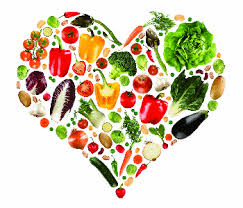There are large numbers of scientific research findings to confirm the effectiveness of plant foods in managing this disease. Through the centuries, more than 400 plants have been identified, used, and prescribed as diabetic remedies.
In 1550 BC, the famous Ebers Papyrus advised treating diabetes with high fiber wheat grains. Not much has changed since then. Plant foods are the drug of choice for treating diabetes. There are large numbers of scientific research findings to confirm the effectiveness of plant foods in managing this disease. Through the centuries, more than 400 plants have been identified, used, and prescribed as diabetic remedies.
Raw onions and garlic have been long been favorite anti-diabetic drugs in Europe, Asia and the Middle East. The vegetable bitter gourd and the herb ginseng have been widely used for treating diabetes since the ancient time in India and China. Common mushroom is widely used in parts of Europe to lower blood sugar. Barely bread is a popular treatment for diabetes in Iraq. Other foods, used in different countries, in the treatment of diabetes include beans, cabbage, cinnamon, coriander seeds, cucumber, fenugreek seeds, Indian gooseberry and lettuce.
All these foods have anti-diabetic properties. Scientific research has confirmed that most of these foods, or their compounds, either lower blood sugar, or stimulate insulin production. Some of the more important foods that help to lower blood sugar or stimulate insulin production in diabetes patients are discussed here.
Artichoke is a tuberous root with a top like a sunflower. This vegetable contains good amounts of potassium, a fair amount of calcium and some iron and sulphur, all of which are needed by the body for maintaining good health.
Artichoke is beneficial in the treatment of diabetes because of its high insulin content. A fully ripe artichoke is said to contain more than two percent of insulin. Ripe artichokes are generally available only during autumn or fall. The insulin is converted into sugar in winter. Artichokes are most effective when eaten raw in salads. It cooking is required; they should be boiled, unpeeled, in a small quantity of water for about 10 minutes. Artichokes can be effectively combined with other vegetables.
